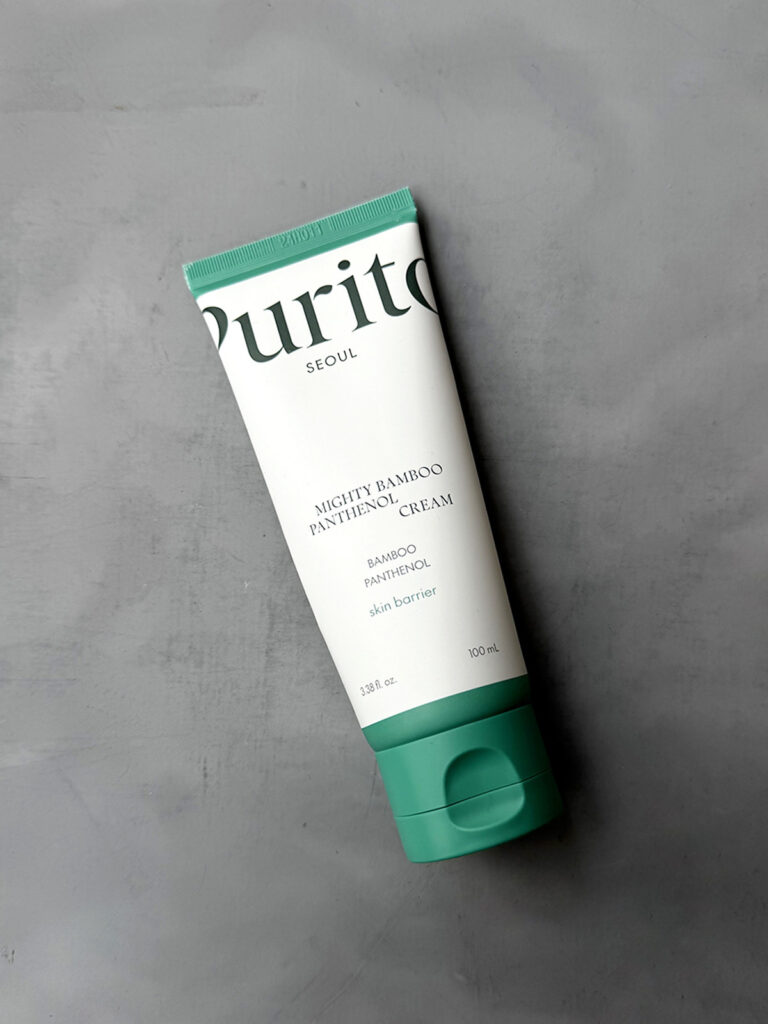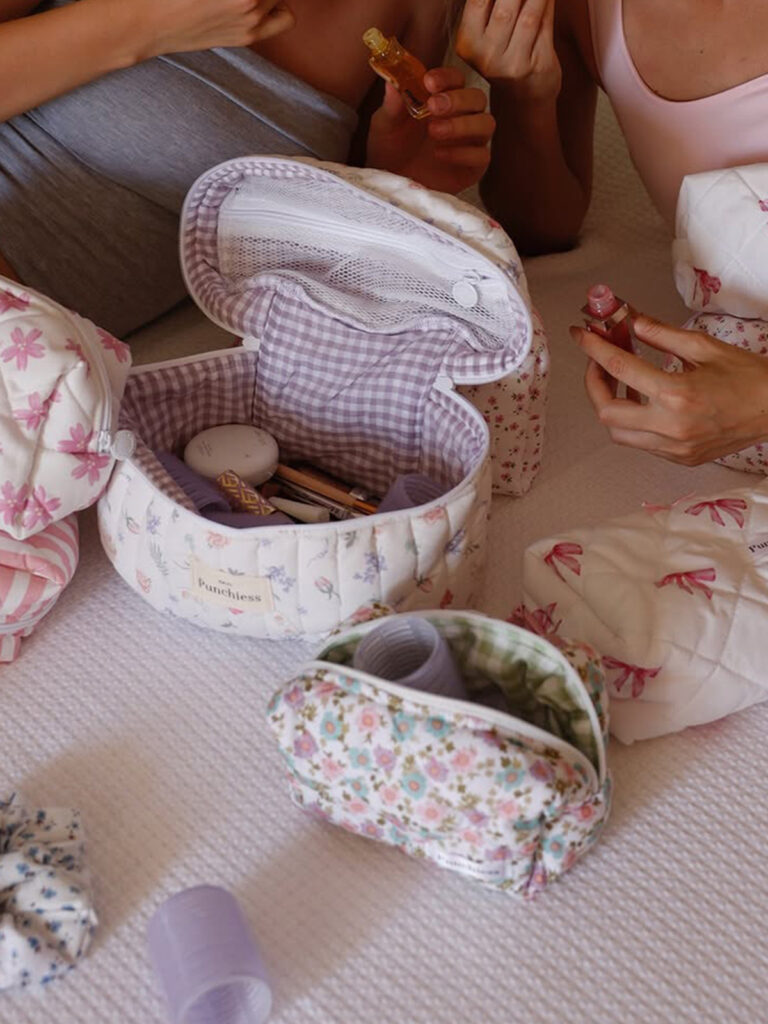
Photo: Getty Images Turkey
Skin
This Is How To Treat A Sunburn Properly
Here’s what to do when the sun goes down.
Text Başak Ulubilgen
Most of us have had a sunburn (or two) before, and if you’ve ever gotten one, then you know that the aftermath can put a dent in your well-deserved vacation. But fear not if you’re currently trying to nurse one! We prepared a guide on how to soothe the ever-dreaded sunburn with minimum damage to your skin with pro-advice from renowned dermatologist Dr. Ömür Tekeli.
But First, What Is A Sunburn?
To understand how a sunburn happens, we must first know what melanin is. Melanin is a pigment that gives color to the skin and protects it against sun rays. It works by darkening the unprotected skin when exposed to the sun. The amount of melanin we produce depends on our genetics, and that is why while some people tan, others get sunburnt. Dr. Tekeli explains that both of these are signs of cellular damage in the skin. People with lower melanin levels may experience redness, swelling, and pain in skin cells after exposure to the sun without protection. And that is commonly known as a sunburn. To sum it all up, sunburn is an inflammatory reaction in the skin’s outermost layers in response to ultraviolet (UV) radiation damage. Now, let’s see how we can ease that formidable pain.
A Shower Is Your Best Friend
To help alleviate the pain, taking cool baths or showers is a good idea. Gently pat yourself dry right after, but leave your skin slightly damp. Then, apply a moisturizer to trap the water on your skin, which can help with dryness. Dr. Tekeli adds, “Depending on the condition of the burn, you might need to wet a gauze pad with a saline solution that’s been stored in the refrigerator and place it on the burn to reduce the burning sensation.” However, if your burn is too severe, you should consult your dermatologist before applying this or any other after-sun product you have in your bathroom.
Treat And Hydrate
Dr. Tekeli recommends using a moisturizer containing aloe vera or zinc for soothing sunburned skin. “If a specific area feels particularly uncomfortable, apply an over-the-counter hydrocortisone cream. Your dermatologist may prescribe a stronger one, but be sure to visit your doctor for a check-up a couple of days later to evaluate the progress,” she says, adding that taking aspirin or ibuprofen can help with swelling, redness, and discomfort. Plus, make sure to drink plenty of water. A sunburn draws fluid to the skin’s surface and away from the rest of your body. Drinking extra water helps prevent dehydration.
What NOT To Do?
“Avoid using products ending with “-caine” —such as benzocaine— to treat sunburn, as they can irritate the skin or cause an allergic reaction,” Dr. Tekeli says. And if your skin blisters, allow them to heal. They indicate a second-degree sunburn. “Blisters aid in your skin’s healing and protect you from infection, so resist the urge to pick at them. If an infection does occur, it will exacerbate the pain, so adding antibiotic cream or medication might be necessary. At this point, it’s crucial to refer to your doctor”. Sunburns can vary from mild swelling to blisters. Your skin might even begin to peel later on. That is a sign your body is attempting to shed damaged cells. Dr. Tekeli stresses never to peel your skin; let it exfoliate naturally.
Take Cover and Precautions
Dr. Tekeli also suggests opting for clothes made of tightly woven fabrics when you get back under the sun until the skin is fully healed. The material should be tight enough that when you hold it up to bright light, you shouldn’t be able to see the light coming through. Last, always wear sunscreen and remember to reapply every other hour under direct sunlight.






